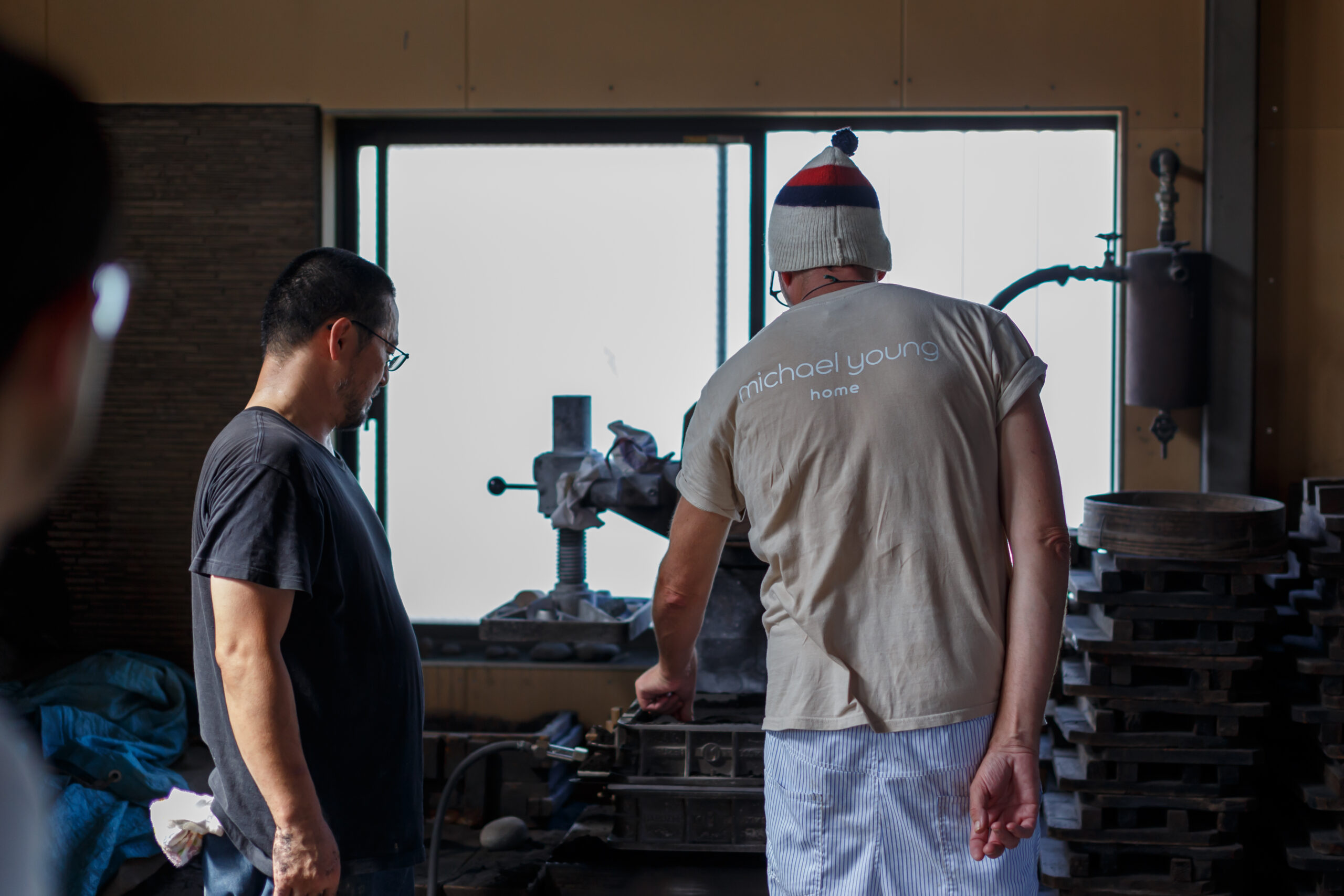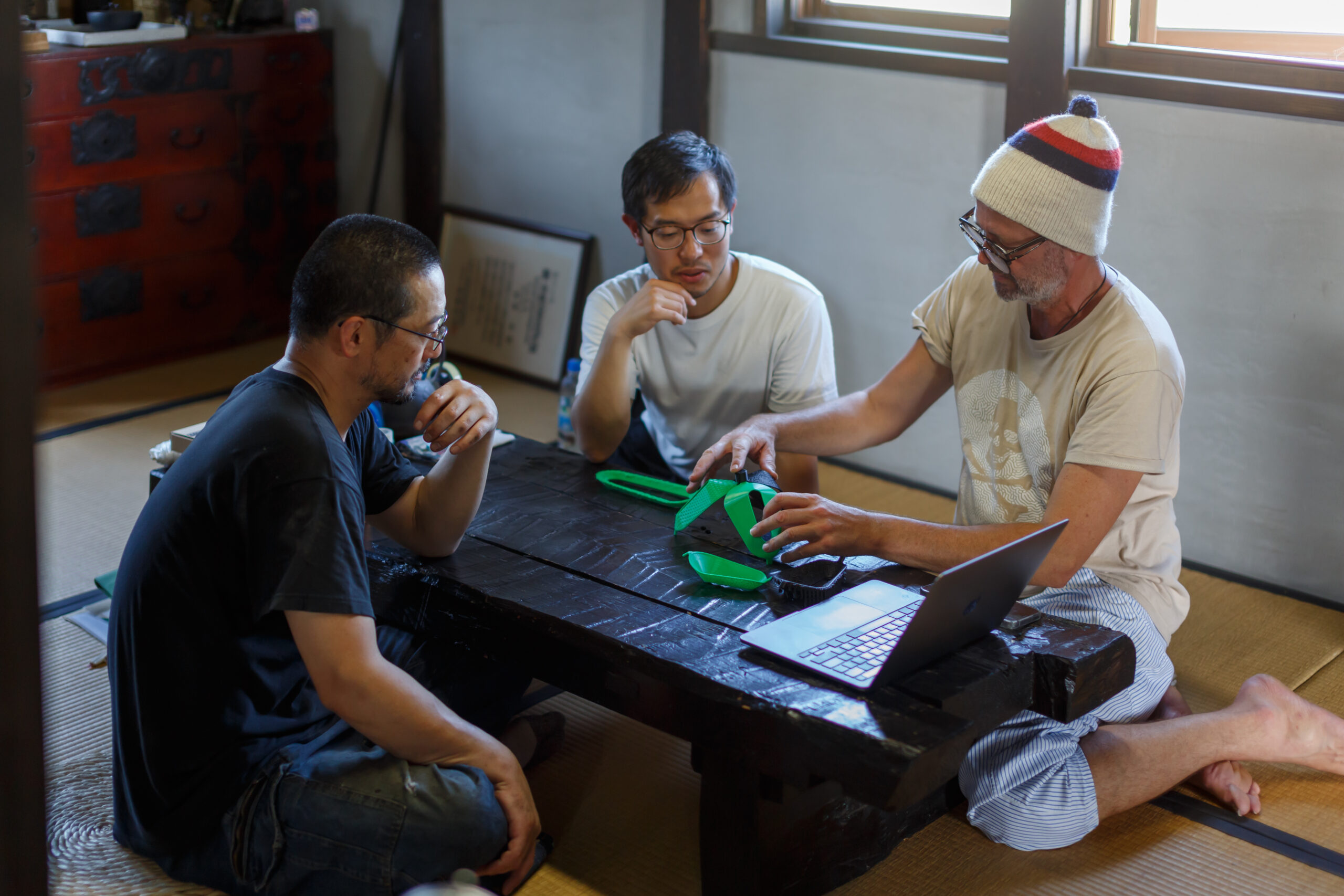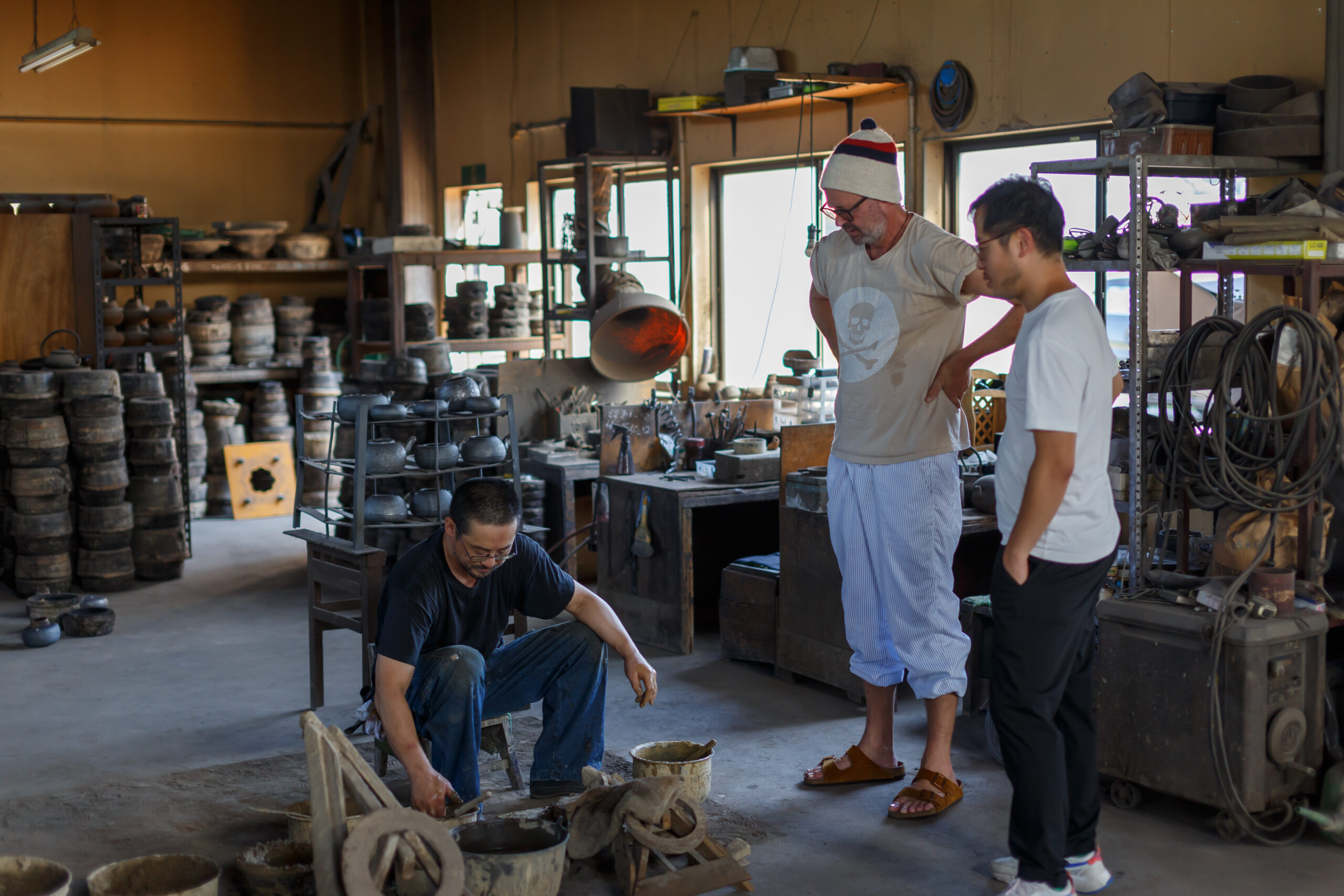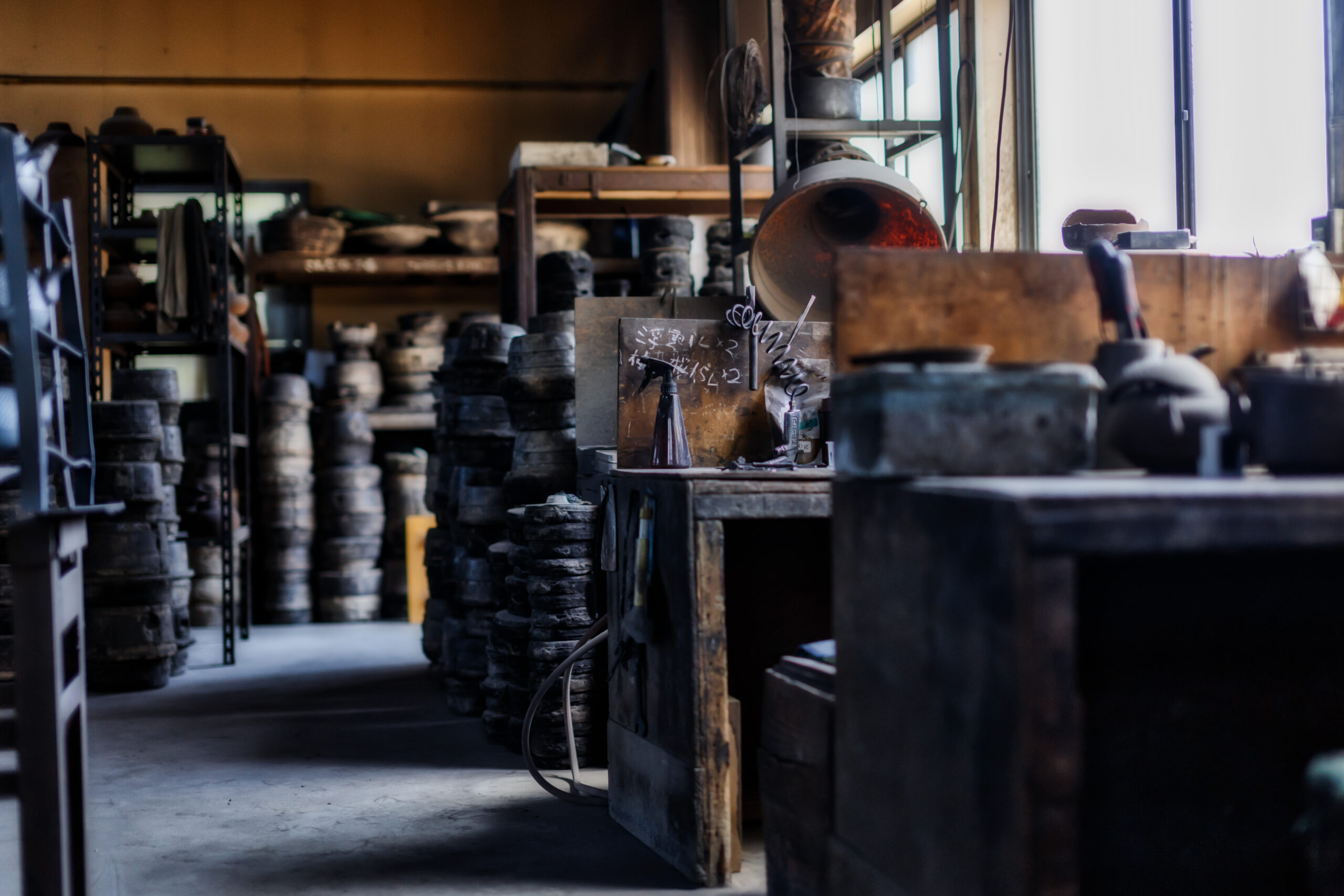- Your work often involves unconventional use of manufacturing processes, always looking for a new way to make things. How did your peculiar and personal approach inform your collaboration on the traditional Japanese iron casting technique of Nambu Tekki in Oshu City?
Firstly, there is the ethereal mysticism that has evolved from centuries of Japanese heritage in the making of things, due to the layers of time. It is a cultivated environment that has connected itself to the world in the most beautiful of ways. It is not an old muddy workshop to me in Oshu City in Japan, or a design studio in Hong Kong. It is a practical situation that is physical but made in a spiritual place. When we take the joining of two things that are not normally going to meet together in day-to-day life, we naturally build a unique dynamic that takes what I hope is the best of both DNA.
- Considering your interest in the design response to societal disruptions, how do you see the intersection of Nambu Tekki’s tradition with today’s design addressing contemporary needs or preferences?
The value of “things” is at stake – the perception of function, craft, and its contribution to commerce. It is easy to take a cast-iron teapot for granted when it is seen without context in a store. It just has function and price to most. To place this out of context, what we are doing should, I hope, draw attention to the more important aspects of the technique. It should educate people of the beauty that exists not only within the creation of the material but equally the ability to make a functional object out of it – this cannot be priced. The history of such craft is a story that needs to be explained with Craft x Tech narrative. In a world full of fast information, I think the audience for this type of project is more prominent than ever.
- Could you share how your experience, collaborating with various global brands, has influenced your approach to working with what we can consider a smaller reality/craft that is deeply rooted in tradition, such as Nambu Tekki?
The important thing about any successful project is, no matter the scale or complexity, it all started out someplace. I was born into the tradition of freezing cold workshops, so Kei’s Nambu Tekki workshop is in my heart. My father dismantled ships from the Second World War for scrap to sell, and my only ever job was making art out of metal with Tom Dixon. I started at grassroots and have firsthand experience with helping brands grow from there to IPO. Some companies easily get lost because they are strictly about growth. It’s not easy to remain authentic when you have to constantly zoom out and build cabaret to be sustainable. To zoom in on the core values of craft is far easier as the steps forward are shorter, more powerful, and easier to control.
- During the collaboration with Nambu Tekki, what unexpected challenges or enriching discoveries did you encounter, especially in merging traditional craftsmanship with contemporary design sensibilities?
We could look at the organic nature of the process as a problem or bonus. It is made by hand, so we cannot control everything: the way material shrinks as the heat reduces, the patterns, the color changes, or the nature of hand finishing. However, to build a beautiful framework to personify this with technology. The design was created to fit within a contemporary technical solution (how the pieces fit together with engineered parts) made by robots.
- What specific message or essence do you aim for your design to convey to its audience?
I think the point is to express the importance of heritage.
